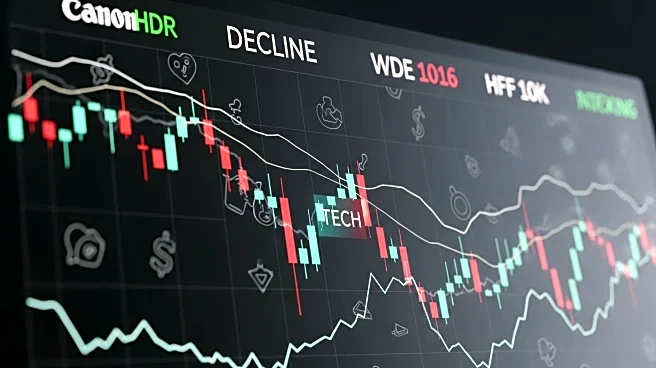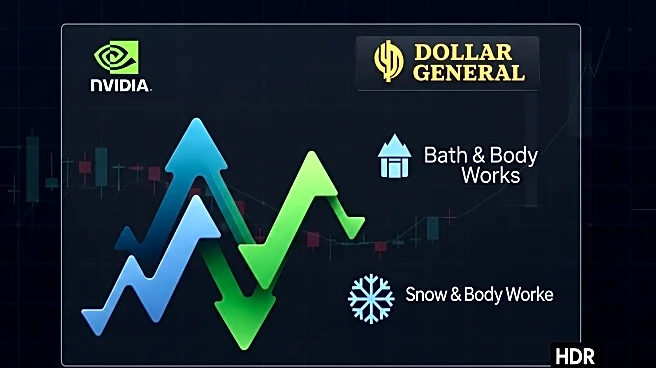What is the story about?
What's Happening?
The S&P 500 is poised to end August with a 2% increase, following a 2.2% rise in July. Historically, September is the worst month for the index, averaging a 0.7% decline. This pattern suggests potential turbulence ahead, especially in years where the index gained over 2% in both July and August. Jeffrey Hirsch from the Stock Trader's Almanac notes that third-quarter weakness could be delayed this year, but any pullback should be short-lived.
Why It's Important?
The potential for market volatility in September could impact investor sentiment and financial planning. Historical trends indicate that strong summer performances often lead to autumn declines, affecting portfolios and investment strategies. Understanding these patterns helps investors prepare for possible market shifts and adjust their strategies accordingly.
What's Next?
Investors should monitor market conditions closely as September approaches, considering historical trends and expert predictions. Adjustments to portfolios may be necessary to mitigate risks associated with potential market declines. The broader economic context, including interest rate decisions and global events, will also play a role in shaping market dynamics.
AI Generated Content
Do you find this article useful?














